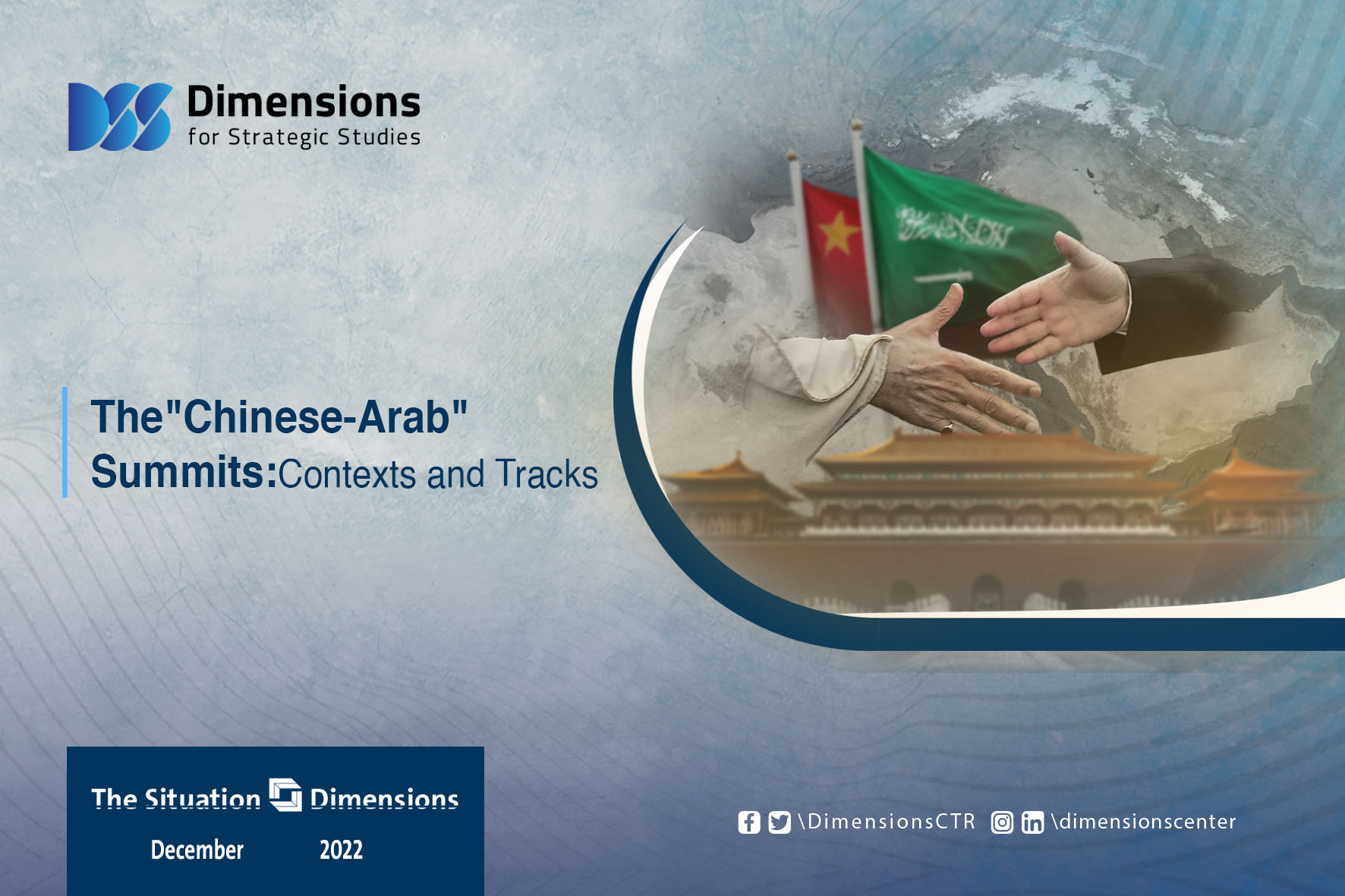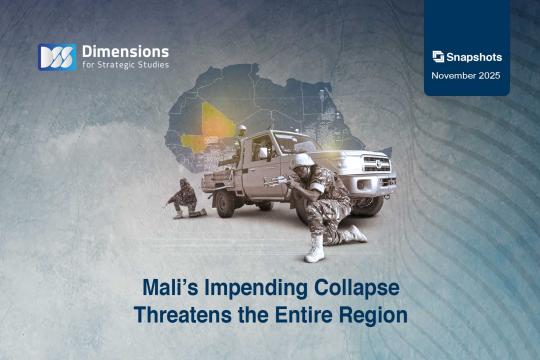
The "Chinese-Arab" Summits: Contexts and Tracks
2022-12-081691 view
With the visit of Chinese President Xi Jinping, which began on Tuesday, December 7, 2022, the Saudi capital, Riyadh, is witnessing a number of “Arab-Gulf-Chinese” summits. The first one will be a bilateral “Chinese-Saudi” summit, and then a « Chinese-Gulf » to be followed by an “Arab-Chinese” summit. These three summits can be understood within the framework of many contexts, which must be examined, in order to build strategic assessments of the future paths of Chinese-Arab relations ; especially with the Kingdom of Saudi Arabia.
The first context: the growth of Sino-Arab economic relations in recent years, as the volume of trade exchange increased from $36.7 billion in 2004 - with the launch of the China-Arab Cooperation Forum - to $330 billion in 2021, and the volume of Chinese investments in Arab countries reached $213.9 billion between 2005 and 2021.
The second context: the tension of “US-Saudi” relations due to the many files linking the two countries, and this tension emerged during the visit that US President Biden made to Saudi Arabia, his participation in the Jeddah Security and Development Summit (July 2022), and the lack of success of the visit In breaking the cycle of deterioration in these relations, leading to the OPEC + decision to reduce oil production, which the United States considered a challenge to it and support for Russian policies, in light of the developments and repercussions of the Ukrainian crisis.
The third context: the indications of timing, which is linked to many important transformations in the region and the world, including: the Ukrainian crisis, the Shanghai summit meetings sponsored by "Chinese-Russian", China's invitation to Saudi Arabia and a number of Arab countries to participate in the "BRICS" economic bloc, and the redeployment of American forces in the region. All in addition to the United States withdrawing part of its forces in the Gulf States in particular as well as the United States announcing its national security strategy in October 2022, and its classification of China as the greatest threat facing the US hegemony at the top of the world orde.
The fourth context: the normalization policies witnessed in the Arab region, after the settlement of the Qatar blockade crisis at the Al-Ula Summit, January 2021, or the signing of a number of agreements between Israel and Bahrain, the UAE, Sudan and Morocco, as well as steps to normalize relations between Turkey and Saudi Arabia, the UAE, Egypt and Israel.
The fifth context: the growing intensity of the Cold War between China and the United States, and the tendency of the United States to mobilize and unite its allies in this confrontation, through a series of military alliances and security and strategic agreements to confront the Chinese rise and its economic and political expansion.
The importance of pinpointing a number of tracks comes within the framework of these contexts :
The first is that the “Chinese-Saudi” rapprochement might be a tactical rapprochement in light of the tense Saudi relations with the Biden administration in particular, and an attempt to thwart his foreign policies, so that the Republicans return to power in the United States, and the situation returns to what it was under the Trump administration, for which Saudi Arabia also mobilized a number of Arab and Gulf summits in May 2017.
The second is that this rapprochement might be strategic in light of the desire of the Saudi crown prince to strengthen his personal position and that of his country’s regionally and internationally, in light of what he sees as American policies to reduce its security and military presence in the region, which contributes to further Iranian expansion in Saudi Arabia's geographical neighbors.
The third is that this rapprochement could be an exploratory test of American capabilities and reactions, and thus constitute a step towards either continuing the rapprochement or retreating from it ; especially when the volume of US-Saudi relations is deeper than being linked to an administration or another, because, relations between the two countries is multidimensional, with the United States having a lot of Pressure cards that can be used not only in confronting the Saudi regime, but most of the Arab regimes if it finds that the policies of these regimes could constitute a threat to the US strategic interests in the Middle East or in the world.





